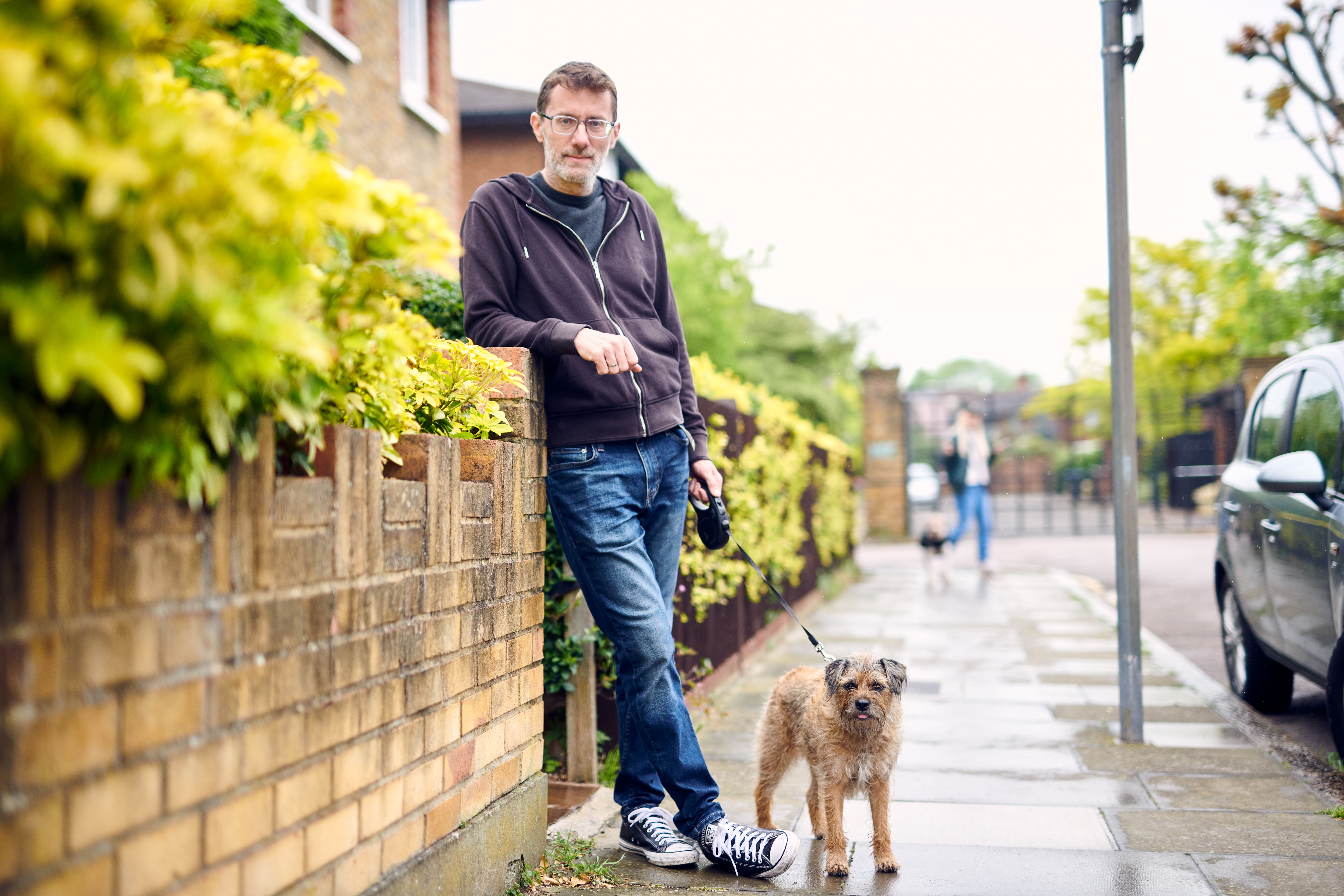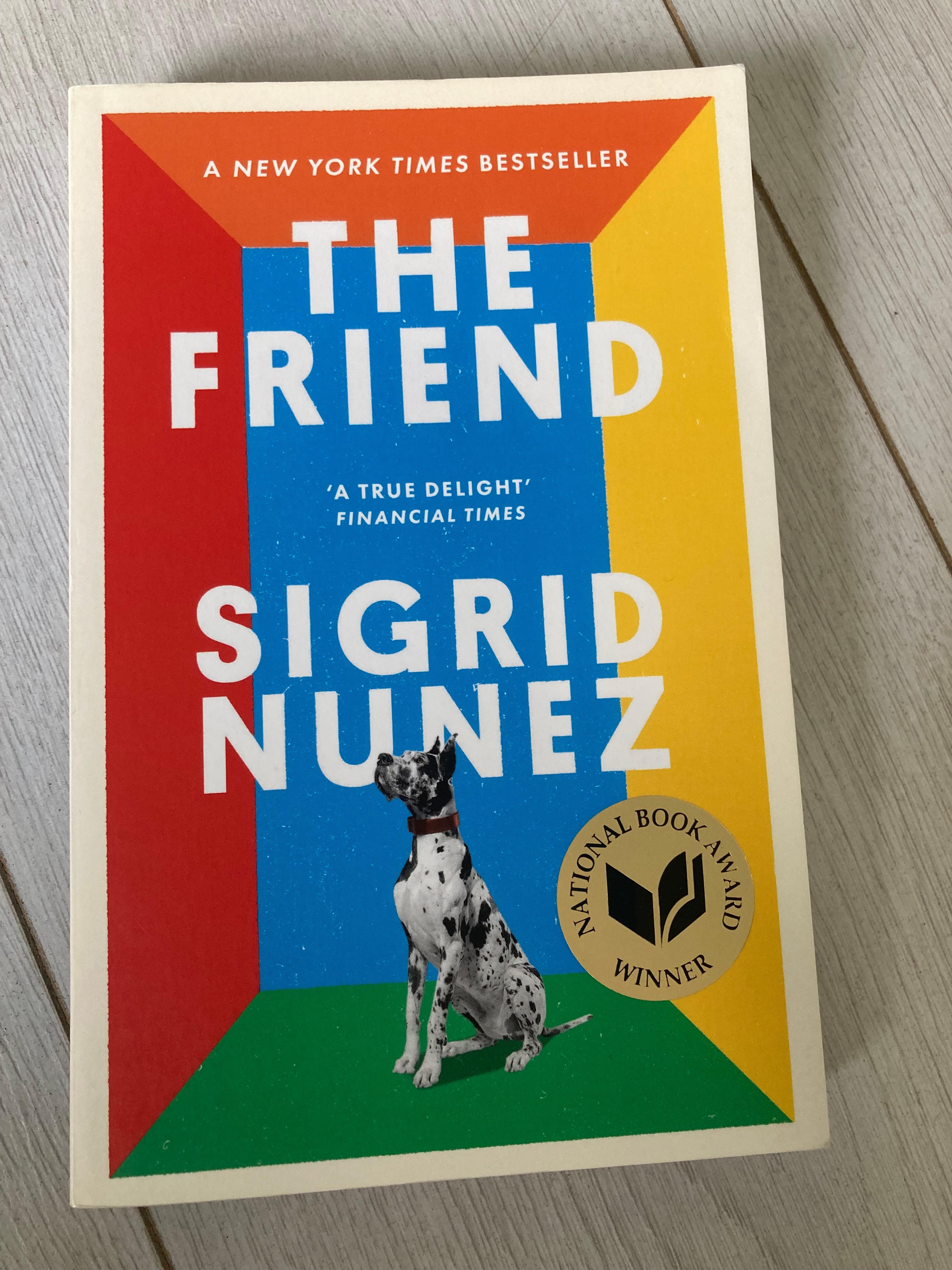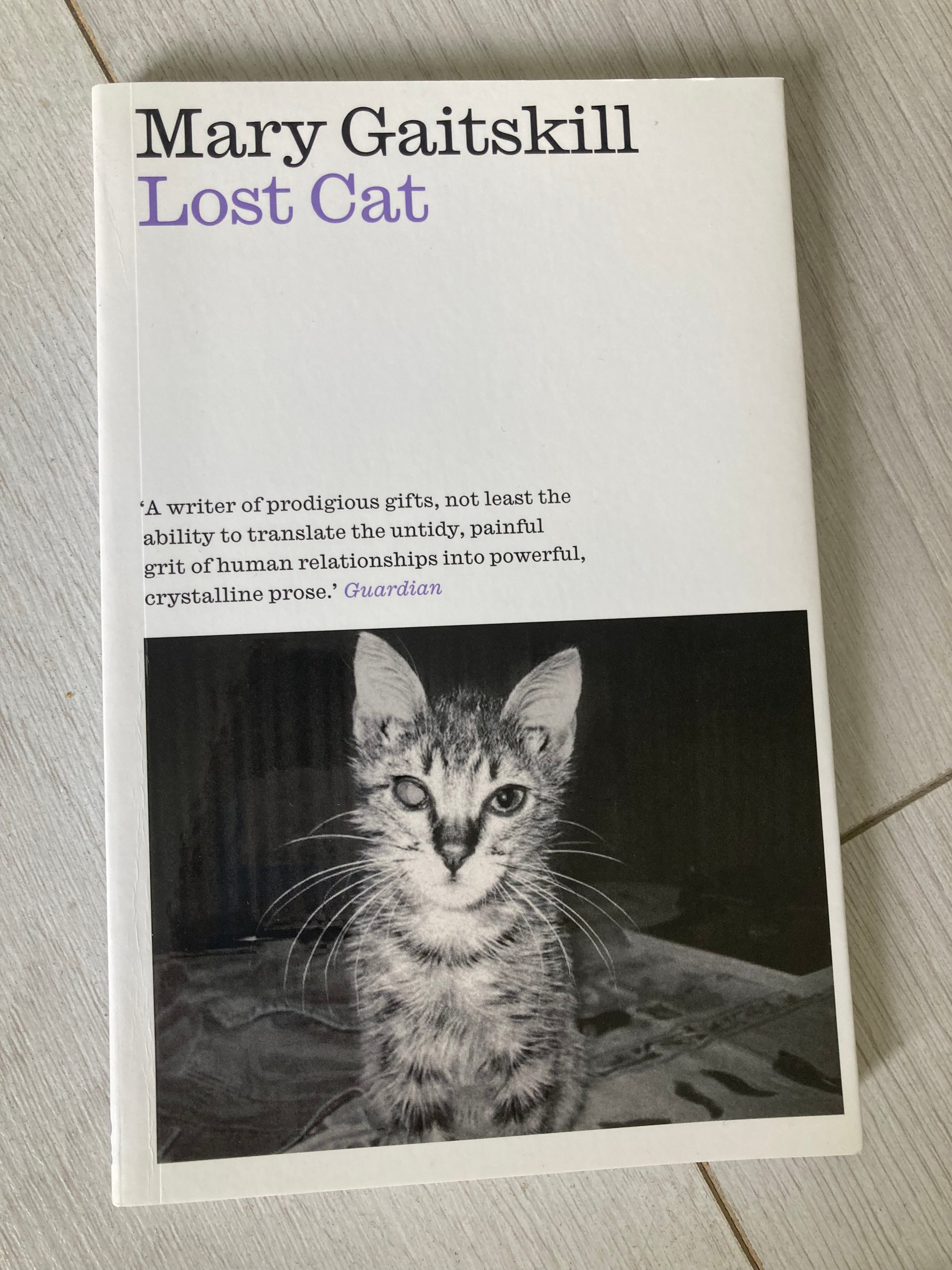In 2018, the celebrated Norwegian writer Karl Ove Knausgaard wrote what was, for him, a surprisingly concise piece for The New Yorker journal on how the very worst factor a author might lumber themselves with – worse even than haemorrhoids or an energetic Instagram account – was possession of a canine.
“Canines have by no means me,” he confessed, explaining he’d been afraid of them rising up and had solely obtained one later in life when his younger daughter insisted upon it. He resented the canine’s presence in his house, not merely as a result of “it pulled on its leash as arduous because it might, dug holes within the garden, and was by no means correctly house-trained”, however as a result of by all accounts it left him – a person who can seemingly write on any topic, irrespective of how quotidian, and at all times at nice size – with author’s block.
“Within the two years we had it, I didn’t write a single line of literary prose,” he complained, including that, “I’m not blaming the canine” – earlier than doing just about that. (A yr or so later, in 2020, he printed a brand new novel, The Morning Star, which ran to 688 pages: author’s block no extra.)
I first got here throughout Knausgaard’s piece on my cellphone whereas sitting on a park bench one sizzling summer season’s day, my very own canine spatchcocked beneath me within the shade, refusing to maneuver. Like Knausgaard, I’m a author, however the place he’s Manchester Metropolis within the literary league desk, I’m Accrington Stanley. However, whereas I really like the solitude of the author’s life, I’m additionally conscious of simply how claustrophobic and essentially inside it may be, notably when the 4 partitions of the house workplace begin to press in after a number of hours.
I gave in to the fact of first-time canine possession for a lot the identical cause Knausgaard did, after repeated pleadings from my daughters. However, not like him, I cherished it instantly, and embraced the chance to step away from a sizzling laptop computer mid-afternoon in pursuit not simply of distraction however some recent inspiration.
On the native canine park – scruffy, peculiar, clinging to the sting of southwest suburban London – I discovered vivid life. Right here, over the subsequent few years, I’d bear witness to its infinite human drama, as a result of canine house owners, notably the afternoon crew, are a talkative bunch.
My social circle duly expanded to soak up, amongst others, a stoned martial arts fanatic, a chain-smoking animal psychic, and a chap with eczema and arthritis on a motorised wheelchair who’d regale me with tales of structure, artwork historical past and the spouse who was presently divorcing him.
I witnessed acts of compassion, like the ladies who got here collectively to assist one other extricate herself from a violent relationship, and who later labored to free a home cleaner from her merciless employers. There was the aged man who lived together with his grownup daughter in a cramped flat alongside an awesome hulking St Bernard and a minuscule Chihuahua. “Bernie eats the skirting boards, however it’s the Chihuahua who’s boss.”
And I noticed such tender kindness, just like the time on Christmas Day when one of many regulars, Elizabeth, got here into the park to convey lonely Pavlov, who I’d been strolling with, turkey with all of the trimmings, nonetheless piping sizzling in a small tower of Tupperware bins. “For me?” Pavlov mentioned, a tear in his eye.
If I ended up writing about these each day interactions in my new memoir, Folks Who Like Canines Like Folks Who Like Canines, it was as a result of I felt that I couldn’t not. There was a lot to inform, such distinctive characters, and even some unlikely escapades. With a canine, you’re by no means bored. They’re programmed to smell out stimulation, and to take us with them.

In that New Yorker piece, Knausgaard asserts – tongue firmly in cheek – that no “good writer” ever owned a canine, earlier than conceding that, truly, Virginia Woolf did. “However solely lapdogs, that are too small, and don’t rely.”
What he maybe intentionally ignored was the truth that a number of the most affecting, and widespread, books of current years have revolved across the dynamic between people and animals. It’s a topic that appears constantly to fascinate us.
We communicate a unique language to our pets, however it’s in looking for a approach to talk regardless that may make the bond between us so very robust. Every, I feel, appreciates the hassle the opposite is expending. Animals educate us what it’s to be human.
I had a factor for such tales lengthy earlier than I began writing my very own. I used to be transfixed by Misplaced Cat, for instance, by the nice American essayist Mary Gaitskill. As its title suggests, Misplaced Cat (2020) is about how Gaitskill adopts a cat in Italy and takes it again to America, the place it goes lacking.
The British journalist Kate Spicer did one thing related with Misplaced Canine, printed in 2019, an intense account of her attachment to a lurcher that has a behavior of bolting. When he flees as soon as extra, Spicer scours town streets in pursuit of him, half deranged with grief. I’ve by no means learn something extra edge-of-the-seat gripping, and I’ve learn Lee Little one.
One of the affecting midlife memoirs I’ve encountered was Strange Canines (2011) by the late Irish literary critic Eileen Battersby, about how two rescue canine got here into her life and adjusted it for the higher. Elsewhere, the breakout debut novel of 2022, Bonnie Garmus’ Classes In Chemistry, featured nothing lower than a speaking canine.

“Folks actually do appear to reply to books which have an animal character in it,” the American author Sigrid Nunez instructed me final yr for this paper. Nunez, then 72, had felt herself underappreciated for a lot of her profession till her 2018 novel The Pal modified all the pieces.
The story of a middle-aged lady who takes care of a buddy’s nice dane in a cramped New York condominium, it went on to change into an award-winning bestseller. Nunez was bewildered. Once I instructed her that its success was doubtless all the way down to it being so effectively written and so very beautiful, she responded by telling me that all of her earlier books had been of comparable high quality.
“It’s due to the canine,” she mentioned decisively. “I used to be instructing inventive writing at Princeton whereas writing, and I instructed my colleague – the good author Jeffrey Eugenides – about it, and the way it was partly a few canine, and he mentioned that it was going to be an enormous hit as a result of of the canine. I assumed that was ridiculous, however he was proper! There’s one thing concerning the canine/human bond. It speaks to individuals.”
Animals educate us that the world doesn’t belong to us alone, and so via them our worlds change into larger
Helen Macdonald, memoirist
And never simply canines, both. In 2015, the memoirist Helen Macdonald printed H is for Hawk, a e book about how, in attempting to take care of their father’s loss of life, the non-binary author seemed in direction of the pure world, and adopted a goshawk. It adopted in a wealthy literary custom of books concerning the healing properties of a life shared with animals, amongst them Gavin Maxwell’s Ring of Brilliant Water (1960) and Richard Mabey’s Nature Remedy (2005).
“After my father’s loss of life, I felt very misplaced,” Macdonald tells me. “Once I obtained the hawk, I virtually felt I grew to become a hawk myself, that I was on the market within the mud with it, catching rabbits and pheasants.” They snort. “It was all very feral, a stupendous interval of my life, but in addition very darkish. By means of my grieving, and thru the hawk, I realized lots about loss of life, but in addition about humanity.”
Macdonald, like Nunez after them, might by no means have guessed their e book would go on to change into a literary sensation, one that will immediate the publication of a number of subsequent books in an identical vein, amongst them Charlie Gilmour’s Featherhood (2021), a touching account of fathers and magpies.

“I feel that animals make us see the world via their eyes,” says Macdonald, “although that is clearly an act of creativeness as a result of we will’t actually know what it’s wish to be a canine, on the market sniffing each blade of grass. However they educate us that the world doesn’t belong to us alone, and so via them our worlds change into larger.”
Personally, I by no means actually wished a canine. I’m a cat particular person. However I rapidly got here spherical. Missy, my border terrier, has been a balm, for all kinds of causes. I had no thought she would broaden my horizons in fairly the best way she has, nor that she would convey me such unlikely new associates.
I ended up writing concerning the connections I made with fellow canine house owners as a result of I felt that if I was on the market having these enriching experiences, then absolutely others had been, too. Maybe it’s a narrative with common enchantment: how, in a world more and more riven by loneliness and social isolation, there’s a manner that we will nonetheless join, by bonding with an animal, and seeing the place they lead us.
By the way, Knausgaard overcame his author’s block by giving the pooch away “to a household that loves canine”. Mine’s going nowhere. She’s earned her hold.
‘Folks Who Like Canines Like Folks Who Like Canines’ by Nick Duerden is out now



